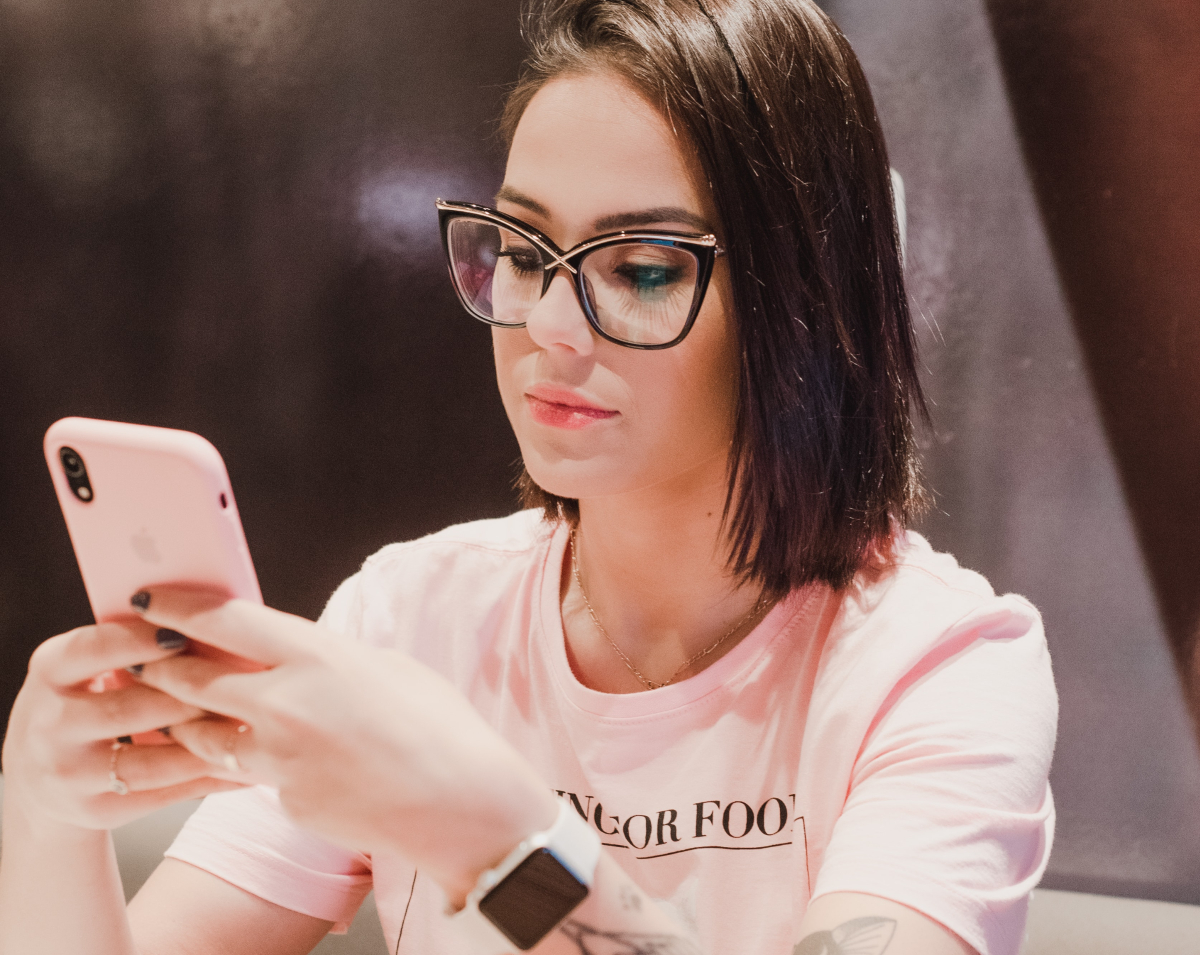The spread of COVID-19 has resulted in detrimental effects on a global scale, changing the way we live, work, communicate, and function on a daily basis. In addition to changing our day-to-day routines, the coronavirus pandemic has also transformed our shopping behavior. From the way we shop for items to the type of products we are purchasing to the payment methods we are using, COVID-19 made consumers completely shift the way they shop in order to adjust to the current global health situation.
In this article, we will be looking at how the coronavirus pandemic has transformed consumer spending habits and all the different changes that are expected to continue long after the global health crisis is over.
The use of low-touch services and contactless payments
Safety and comfort have become major priorities for shoppers in the COVID-19 era, so it is understandable that many of them have turned to low-touch services and contactless payments as a way of preserving their health. Instead of paying in cash and relying on person-to-person exchanges, consumers nowadays are making use of low- or no-touch methods that are seen as more hygienic. As a result, we have more consumers who are opting for self-checkouts to complete their transactions and using credit cards to make payments.
In addition, shoppers are also prioritizing payment methods such as QR codes that allow them to pay for products by using their mobile devices. This is something more businesses should consider incorporating to help their customers feel safer and more comfortable while shopping at their stores.
An emphasis on health and hygiene
Aside from changing the way shoppers pay for items they have purchased, COVID-19 has also influenced consumers to change what they shop for. While certain product categories such as sun care and cosmetics have seen a double-digit decline (up to 25%) since the coronavirus pandemic began, other product categories such as health and hygiene have experienced a large increase, especially during the first three months into the pandemic.
Unsurprisingly, consumers began to prioritize products for cleaning and disinfecting, stocking up on everything from soaps and sanitizers to household cleaners and aerosol disinfectants. The same goes for health products such as vitamins and supplements. That consumers became more health-conscious was also evident in the way they preferred health-conscious stores. Many consumers also took to online retailers to look for health and hygiene products in an effort to avoid exposing themselves to risk of contracting the virus. This brings us to our next point…
An increase in e-commerce purchases
With more people working from home and self-isolating, physical stores and shopping malls are consequently being replaced with online shops in consumers’ aim to avoid human contact. This has caused a huge increase in e-commerce purchases, and even though particular product categories such as shoes, clothes, and electronic equipment have been purchased mostly online in the past, the lockdowns and preventative measures that came with COVID-19 pandemic have further prompted the shift to online shopping.
As a result, e-browsing became an alternative to window-shopping, and many consumers started relying on brands such as Shoppster and similar e-commerce websites for a positive online shopping experience, discounts, and a convenient home delivery. Online shopping is the most effective, convenient, and logical solution at the moment, and experts can see the trend of growing e-commerce purchases continuing well beyond pandemic.
Consumer openness to trying new products and brands
With more time on their hands due to the coronavirus outbreak, many individuals have started to pick up some new hobbies. This has led to discoveries of new brands, products, and shopping channels. This, in turn, has prompted consumer openness to adopting new shopping behaviors, with many consumers reporting that they plan on sticking to these new developments and continuing to shop with the newfound brands in the future.
Many consumers have also tried online shopping in a different store – some did it for stock availability while others did it for convenience. All in all, around half of them plan on sticking to shopping in the new store even after the pandemic is over.
Wrapping up
As a response to the emergence of new coronavirus strains, many countries are entering another lockdown while others are imposing more rigorous preventative measures. Just like these measures are reshaping our daily routines, they are also reshaping consumption trends on a global scale. As consumers continue to reprioritize their needs and change the way they approach shopping, we can expect businesses to start adapting to their evolving spending habits and accommodate them in these unpredictable trying times.

